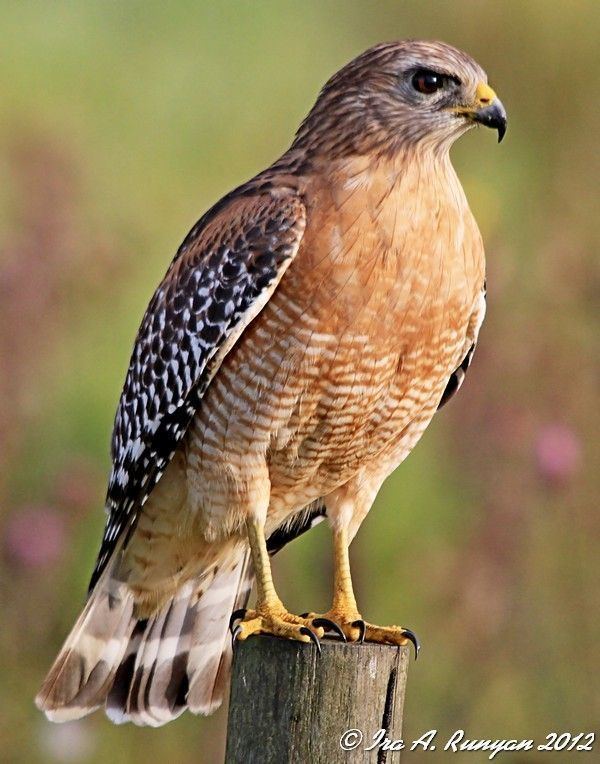 | ||
Length Red-tailed hawk: 45 – 65 cm Clutch size Sharp-shinned hawk: 4 – 5, Grey goshawk: 2 – 3, Black sparrowhawk: 2 – 4 Tail length Sharp-shinned hawk: 12 – 19 cm, Black sparrowhawk: 19 – 27 cm Representative species Red‑tailed hawk, Northern goshawk, Eurasian sparrowhawk, Black kite, Sharp‑shinned hawk | ||
National geographic wild birds of prey raptors hawks falcons documentary english s
Hawks are a group of medium-sized diurnal birds of prey of the family Accipitridae which are widely distributed and varying greatly in size.
Contents
- National geographic wild birds of prey raptors hawks falcons documentary english s
- Red tailed hawk a fierce bird of prey hunter
- History
- Accipiter group
- Buteo group
- Intelligence
- Eyesight
- Description
- Migration
- Habitat and distribution
- Behaviour
- Reproduction
- Diet
- In popular culture
- References
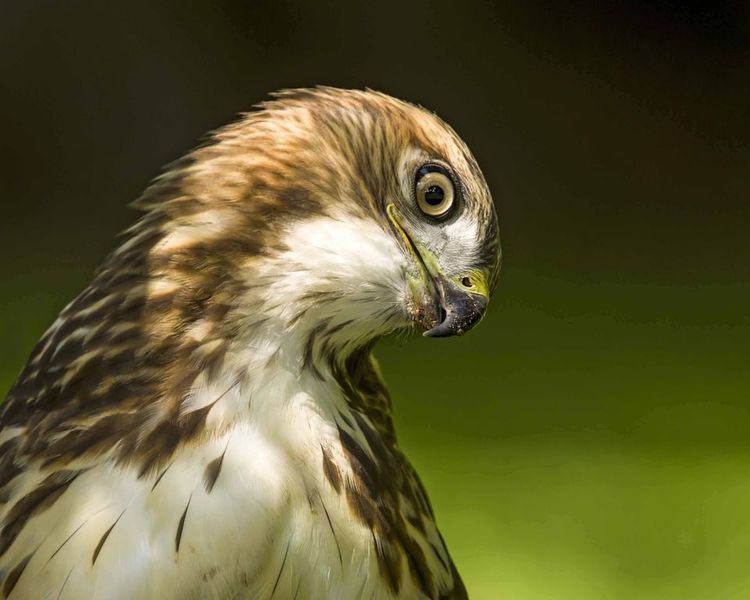
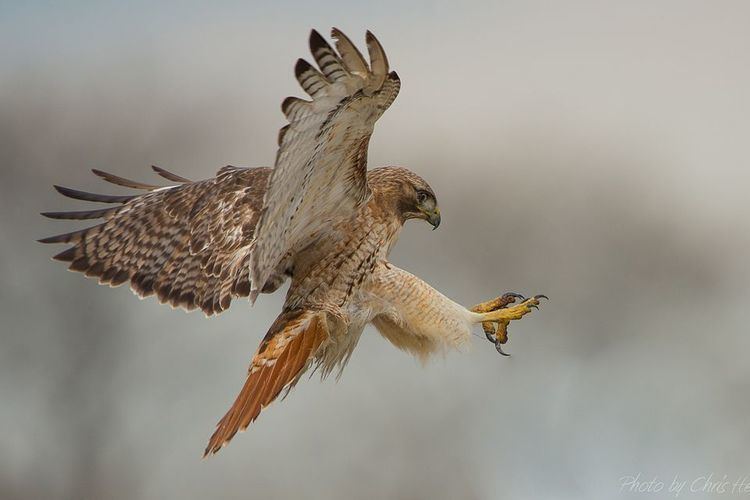
The terms accipitrine hawk and buteonine hawk may be used to distinguish the two types, in regions where hawk applies to both. The term "true hawk" is sometimes used for the accipitrine hawks, in regions where buzzard is preferred for the buteonine hawks.
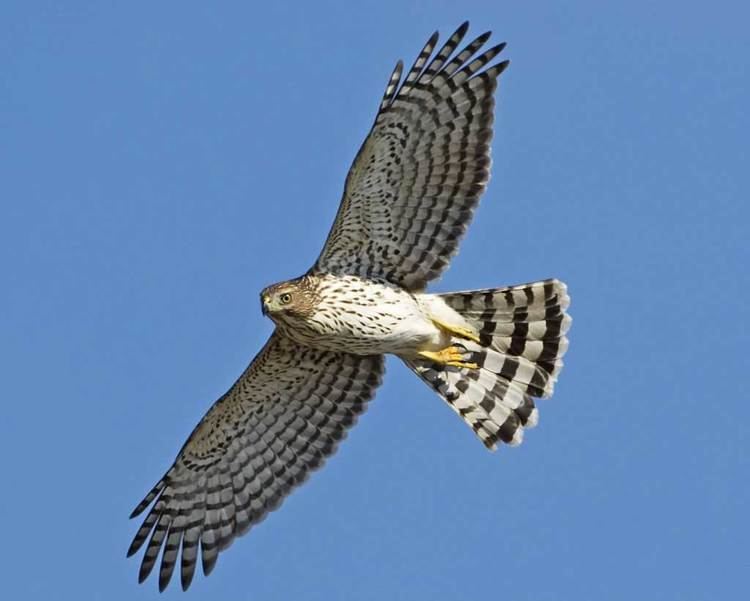
All these groups are members of the Accipitridae family, which includes the hawks and buzzards as well as kites, harriers and eagles. Some authors use "hawk" generally for any small to medium Accipitrid that is not an eagle.
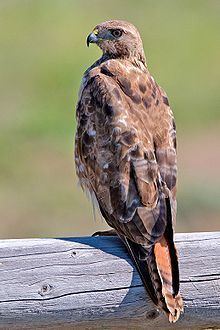
The common names of some birds include the term "hawk", reflecting traditional usage rather than taxonomy, such as referring to an osprey as a "fish hawk" or a peregrine falcon as a "duck hawk".
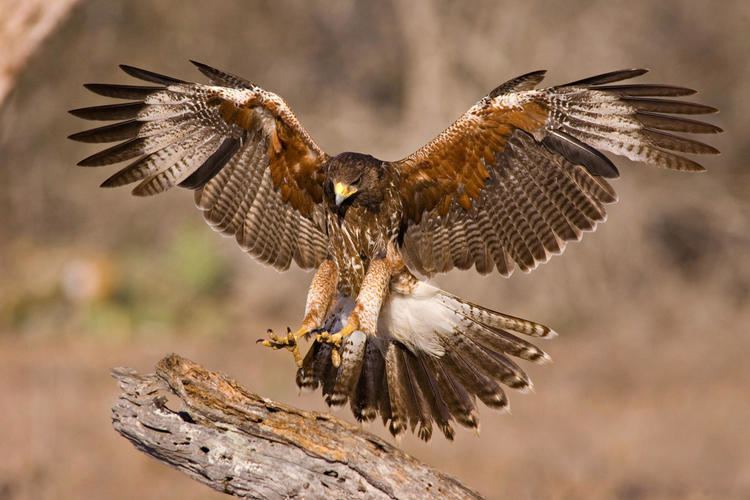
Red tailed hawk a fierce bird of prey hunter
History
Falconry was also called "hawking", and any bird used for falconry could be referred to as a hawk.
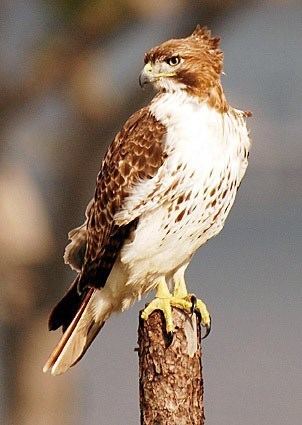
Aristotle listed eleven types of ἱέρακες (hierakes, hawks, singular ἱέραξ hierax): aisalōn (merlin), asterias, hypotriorchēs, kirkos, leios, perkos, phassophonos, phrynologos, pternis, spizias, and triorchēs. Pliny numbered sixteen kinds of hawks, but named only aigithos, epileios, kenchrēïs (kestrel), kybindis, and triorchēs (buzzard).
Accipiter group
The accipitrine hawks generally take birds as their primary prey. They have also been called "hen-hawks", or "wood-hawks" because of their woodland habitat.
The subfamily Accipitrinae contains Accipiter; it also contains genera Micronisus (Gabar goshawk), Urotriorchis (long-tailed hawk), and Megatriorchis (Doria's goshawk). Melierax (chanting goshawks) may be included in the subfamily, or given a subfamily of its own.
Erythrotriorchis (the red and chestnut-shouldered goshawks) is traditionally included in Accipitrinae, but is possibly a convergent genus from an unrelated group (see red goshawk taxonomy).
Buteo group
The "Buteo group" includes genera Buteo, Parabuteo, Geranoetus, and most of Leucopternis.
Members of this group have also been called "hawk-buzzards".
Proposed new genera Morphnarchus, Rupornis, and Pseudastur are formed from members of Buteo and Leucopternis.
The "Buteogallus group" are also called hawks, with the exception of the solitary eagles.
Buteo is the type genus of the subfamily Buteoninae. Traditionally this subfamily also includes eagles and sea-eagles. Lerner and Mindell (2005) proposed placing those into separate subfamilies (Aquilinae, Haliaaetinae), leaving just the buteonine hawks/buzzards in Buteoninae.
Intelligence
In February 2005, the Canadian ornithologist Louis Lefebvre announced a method of measuring avian "IQ" in terms of their innovation in feeding habits. Hawks were named among the most intelligent birds based on his scale.
Eyesight
Hawks have four types of colour receptors in the eye. These give birds the ability to perceive not only the visible range but also the ultraviolet part of the spectrum, and other adaptations allow for the detection of polarised light or magnetic fields. This is due to the many photoreceptors in the retina (up to 1,000,000 per square mm for Buteo, against 200,000 for humans), an exceptional number of nerves connecting these receptors to the brain, and an indented fovea, which magnifies the central portion of the visual field.
Description
Hawks have always been known to have sharp vision and to be very able hunters. Within the hawk species, the female is generally larger than the male.
Migration
Like most birds, the hawk migrates in the autumn and the spring. Different types of hawks choose separate times in both of the seasons to migrate north or south. The entire autumn migrating season extends all the way from August to halfway through December. It has been studied that there are longer migration distances than others. The long-distance travelers tend to begin in early autumn while the short distance travelers start much later. Thus, the longer the distance the earlier the bird begins its journey. There have also been a few studies on the relevance of the speed and efficiency of the bird's migration. It is better for a hawk to arrive at its destination as early as possible. This is because the first bird to a new area has the first pick of mates, living area, food, and much more necessities for survival. The more fat a bird has when it starts its migration, the better chance it has of making the trip safely. Kerlinger states that studies have shown that a bird has more body fat when it begins its migration, before it leaves, than when it is finished with its travels and has arrived at its destination.
One of the most important parts of the hawk's migration is the flight direction because the direction or path the bird chooses to take could greatly affect its migration. The force of wind is a large variable because it could either throw the bird off course or push it in the right direction, depending on the direction of the wind. To ensure a safer journey, a hawk tries to avoid any large bodies of water in the spring and fall by detouring around a lake or flying along a border.
Hawkwatching is a citizen scientist activity that monitors hawk migration and provides data to the scientific community.
Habitat and distribution
The red-tailed hawk is the most common hawk in North America. Previous observations have indicated that while hawks can easily mould to any surrounding, the birds prefer a habitat that is open. Hawks usually like to habitat in places like deserts and fields, probably to make it easier to find prey. Able to live anywhere, they can be found in mountainous plains and tropical, moist areas. Hawks have even been found in places such as Central America, the West Indies, and even Jamaica.
Behaviour
Starting in the hawk's early life, the bird is fed by its parents until it leaves the nest for good. The young hawk, while still in its fledgling phase, will leave its nest as early as six weeks old. Once the bird is older it begins its ancestral instinct to hunt. The hawk kills its prey with its claws as opposed to other predator birds such as the falcon. The falcon uses its claws to catch the prey but kills the small animal with its mouth instead of its claws. The hawk's preferred time for hunting is usually just before nightfall when the daylight begins to lessen. Although the hawk is known for being a violent predator, some are gentle and quiet. The hawk's main way of transportation is flying. When it flies, the hawk flaps its wings rapidly, and then uses that momentum to glide smoothly and gracefully through the air.
The idea of flocking during migration has been closely analysed, and there is a conclusion that it is a commutative tool used by birds and other animals to increase survival. It has become very clear to observers that a bird traveling in a flock has a greater chance of survival than if it made the journey alone. Another word used in the United States that has the same meaning as "flock," particularly in terms of groups of hawks, is "kettle."
Reproduction
Hawks have been known for their mating season. The method this animal uses to reproduce is different from most. The male and female will fly together up in the air in a circular motion. Once the two get to a certain height, the male will dive toward the female and then they will raise back to the height again. The two birds will repeat this until finally the male latches onto the female and they begin to free-fall down to earth. In one year, a female hawk will lay about five eggs. Both the male and the female will cater and take care of the eggs for about a month until they hatch. The male and the female will also create their nest before the mating season and will improve it together during the nesting season. The two birds usually make their nest prior to mating. Some species of hawks tend to be monogamous, staying with the same mating partner their whole lives.
Diet
A hawk diet is very predictable in that it includes a variety of smaller animals. Some of these small animals may include snakes, lizards, fish, mice, rabbits, squirrels, birds, and any other type of small game that is found on the ground. More specifically, a red-shouldered hawk likes to eat smaller birds like doves and bugs like grasshoppers and crickets for example.
In popular culture
A war hawk, or simply hawk, is a term used in politics for somebody favouring war.
Numerous sporting clubs, such as the Atlanta Hawks and Hawthorn Hawks, use the bird as an emblem.
